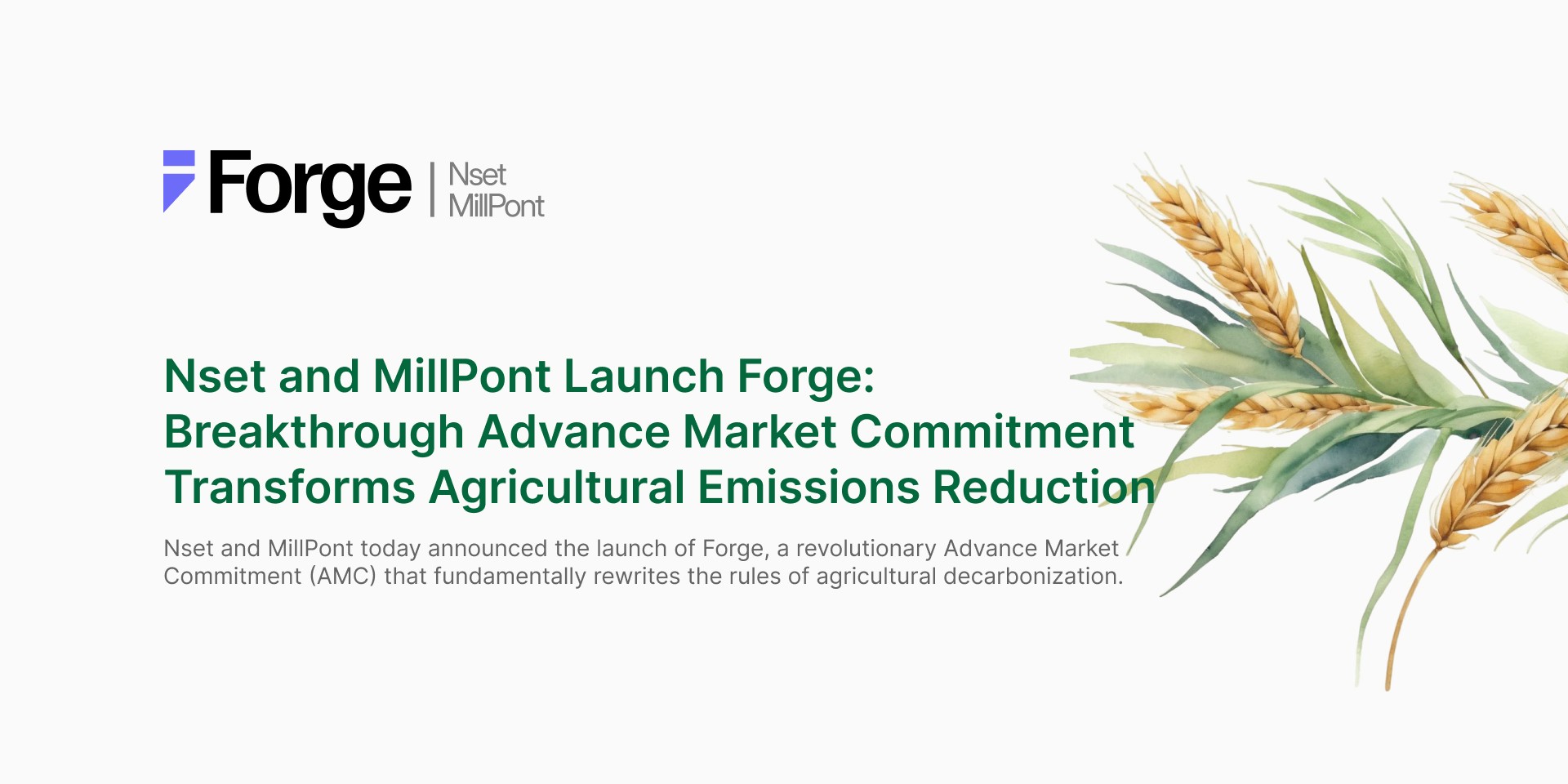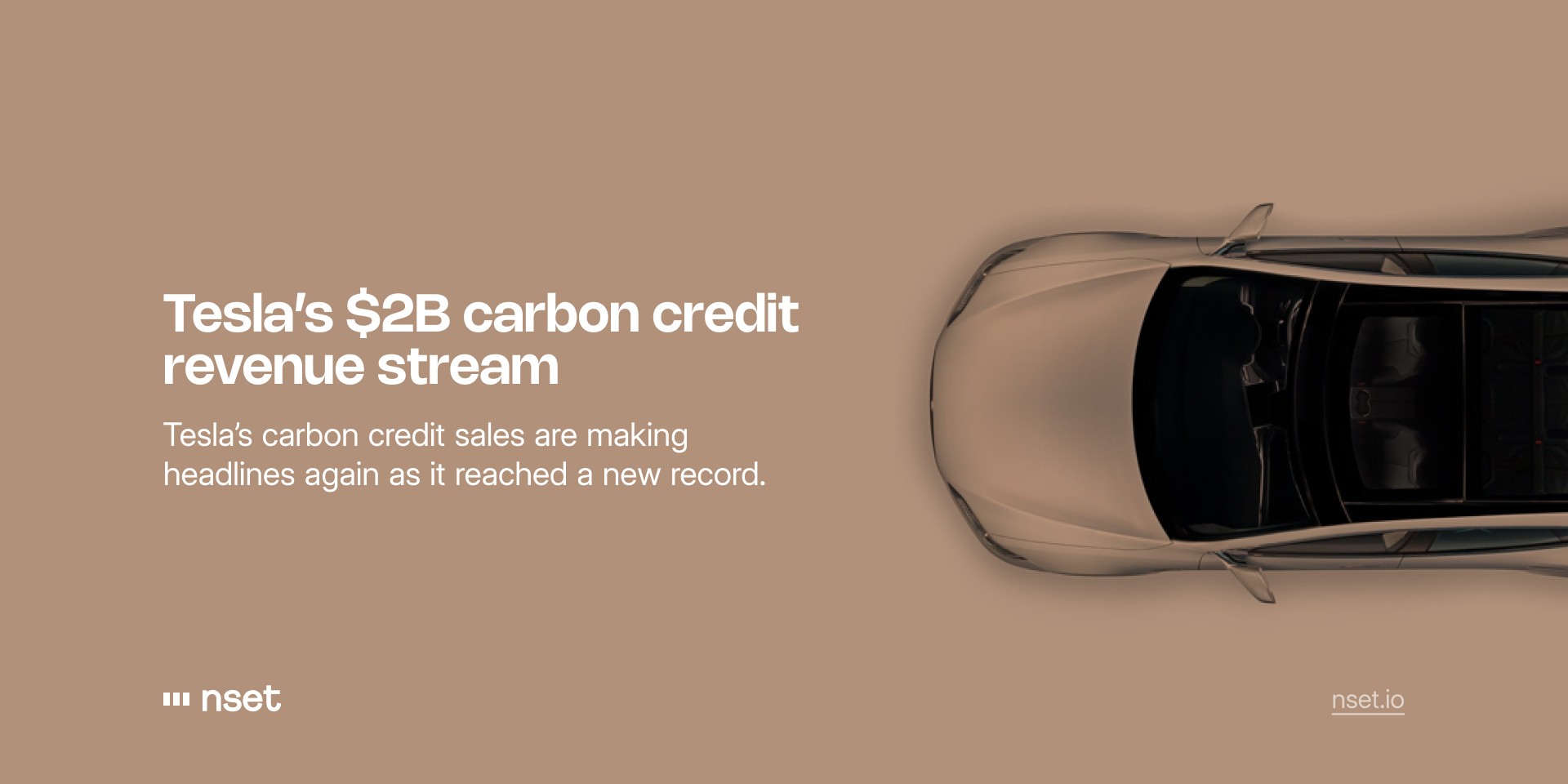The Shift from Carbon Offsetting to Carbon Insetting: A New Approach to Corporate Sustainability
Saturday, December 9, 2023
Introduction to Carbon Offsetting
In our accelerating journey towards a sustainable future, corporations worldwide have become vigilant about their carbon footprints. Historically, many have opted for carbon offsetting—bankrolling projects that mitigate greenhouse gas emissions to balance out their own emissions. These ventures, ranging from reforestation to renewable energy initiatives, could be sited anywhere globally. To illustrate, an airline might offset its emissions by endorsing a wind farm halfway around the world.
The Limitations of Carbon Offsetting
While carbon offsetting presents a straightforward solution to balance out emissions, it isn't without its flaws. Critics argue it offers a way for companies to ‘buy their way out’ without reducing their actual emissions. The projects they fund, more often than not, aren't directly aligned with their primary business activities. Essentially, while offsetting helps at a macro level, it can sidestep the need for tangible changes within a company’s operations.
The Emergence of Carbon Insetting
Carbon insetting, a fresher take on sustainability, seeks to rectify the shortcomings of offsetting. It emphasizes embedding sustainability within a company's own operations and supply chain. This approach doesn’t just neutralize emissions—it diminishes them. The core principle is to usher in reforms within a company's ecosystem, ensuring an integrated approach to sustainability.
Why Insetting Holds Promise
The allure of insetting is multi-faceted:
Direct Emission Reduction: It directly trims a company's carbon footprint.
Supply Chain Resilience: It fortifies supply chains, bolstering resource efficiency and waste management.
Community Upliftment: Insetting often dovetails with socio-economic benefits, nourishing local communities and catalyzing economic growth.
To paint a clearer picture, imagine a clothing brand sourcing cotton globally. By channeling investments into eco-friendly farming practices within its supply chain, the brand can slash emissions from cotton production, enrich soil health, and uplift farmer communities—embodying insetting’s true essence.
The Road to Successful Carbon Insetting
While carbon insetting's advantages are manifold, it isn't without its challenges. Delving into insetting necessitates an intricate understanding of a company's supply chain, unwavering dedication to sustainability, and readiness to instate long-haul systemic changes. Yet, with meticulous planning, stakeholder collaboration, and a robust sustainability strategy, these challenges are surmountable.
Looking Ahead: The Future of Insetting
With the growing awareness around carbon offsetting's limitations and insetting's manifold benefits, this novel strategy is poised to be a mainstay in corporate sustainability playbooks. As the clarion call for transparent climate action grows louder among consumers and investors, insetting offers companies a competitive edge.
For businesses contemplating the leap from offsetting to insetting, the first step is a comprehensive supply chain evaluation to pinpoint emission reduction prospects. Collaboration, expert consultations, and insights from insetting pioneers can guide this transition, transforming it from mere emission reductions to maximizing business value through sustainability.
Concluding Thoughts
While carbon offsetting has served as a stepping stone in corporate sustainability, the need of the hour is potent, direct solutions to counteract climate change. Carbon insetting, with its promise of tangible emission reductions, robust supply chains, and sustainable futures, is increasingly becoming indispensable. As we grapple with the multifaceted challenges of climate change, insetting stands out as a pivotal arrow in our quiver of corporate sustainability strategies.



